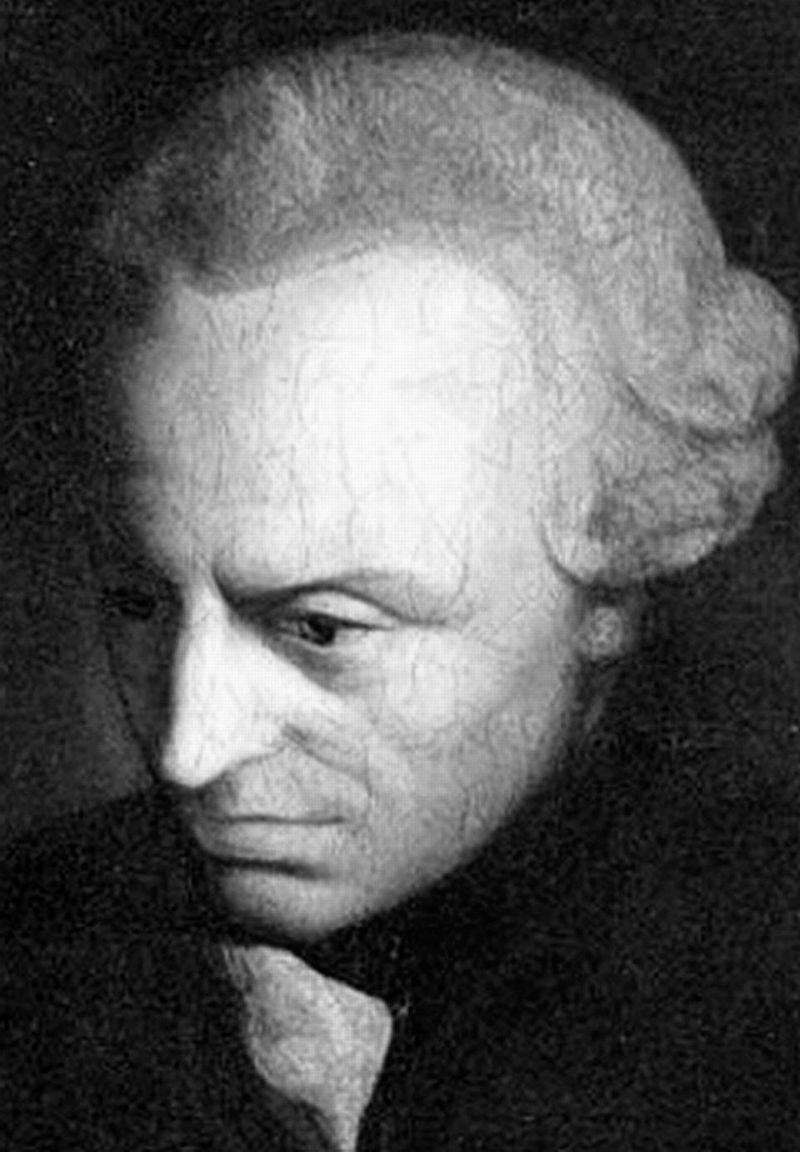

Kant and the possibility of transcendental freedom
pp. 105-125
in: Matthew C. Altman (ed), The Palgrave handbook of German idealism, Berlin, Springer, 2014Abstrakt
Ideas about freedom play important roles throughout Kant's texts: the spontaneity of the understanding in the construction of experience is central in Kant's epistemology and metaphysics, the "free play" of the imagination and understanding in judgments of beauty is a key idea in Kant's aesthetics, and the autonomy of practical reasoning is among the most fundamental ideas in Kant's ethics. In this chapter, however, I will mostly focus on what Kant calls "transcendental freedom," which Kant says "constitutes the keystone of the whole structure of a system of pure reason" (CPrR 5:3). Transcendental freedom has important connections to autonomy in practical reasoning, and I will discuss these connections at various points. There may also be important connections between transcendental freedom and the various other kinds of freedom Kant discusses, but I will not address that here. I will argue that Kant's theory of transcendental freedom involves what we might call a "determinist libertarian" metaphysics of free will, which depends on the idea that human agents control some of the deterministic laws that govern their psychological states. I will go on to argue that, despite Kant's efforts in the Critique of Practical Reason to show that we know we are transcendentally free, the best he can do is to show that it is possible that we are transcendentally free, but that this is enough to preserve important aspects of Kantian ethics.


